David Maisel (b.1961) is an American landscape photographer and visual artist whose work examines the boundaries between art and science. His photographs, public installations, and media projects have been exhibited internationally, and are included in public collections at the Metropolitan Museum of Art, the Los Angeles County Museum of Art and the Victoria & Albert Museum in London. Maisel has a fascination with the unravelling of the landscape and making the unseen visible. He has generated powerful aerial photographs that expose the effect of manufacturing, agriculture, and other modes of human intervention on the environment. The aerial photographs make the environments unrecognizable, appearing as impressionistic abstractions. Maizel's work captures the viewer in the artistic charm of the photographs and creates a sense of unease by the deliberately disorienting nature of the landscapes.
Maisel’s remarkable installations such as Proving Ground, The Lake Project and The Mining Project transform human geo-industrial practices into a contemporary medium of art that uses pollution as a form of advanced landscape design. His large-scale surreal images demonstrate the dynamic interaction between natural environments and modern society. Maisel’s photographs of the ecologically impaired areas take into account the aesthetics and politics of open pit extraction, clear-cut forests, rampant urbanization, and water recovery zones. They offer a new understanding of the particular beauty surrounding the decomposed and damaged landscapes around the world.
One of Maisel’s most acclaimed works The Lake Project, consists of photographs from Owens Lake, the site of a former 200 square-mile lake in California. In 1913, Owens Lake was redirected to the Owens Valley Aqueduct to provide water to the desert city of Los Angeles. By 1926, the lake had been drained, exposing mineral flats and converting a lush valley into an arid wasteland. Today Owens Lake continues to provide water to 60% of LA’s residents. In recent decades, the area has been the primary producer of particulate matter pollution in the United States, emitting 300,000 tons of cadmium, chromium, and arsenic materials. The accumulation of minerals in the remaining water is packed with microscopic bacteria, rendering the mixture into a bloody red colour. Maisel’s photographs from the air portray the lake as a torrent of blood, displaying the lack of clear blue water and providing a particular elegance in environmental destruction.
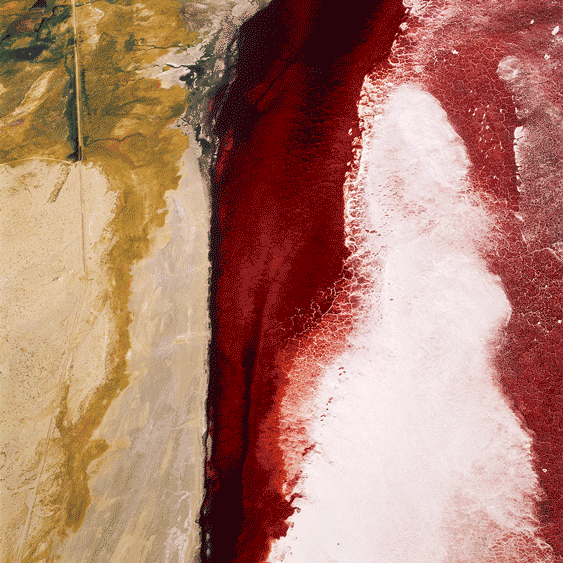
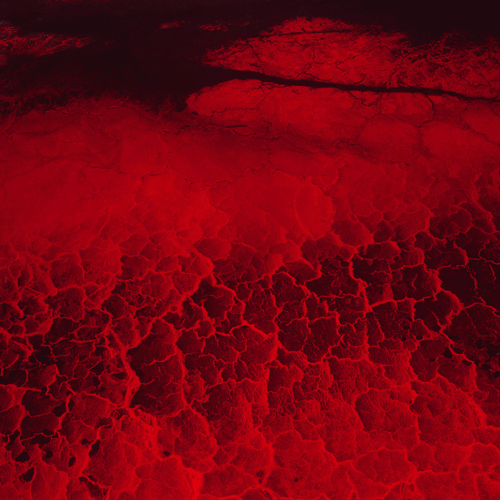
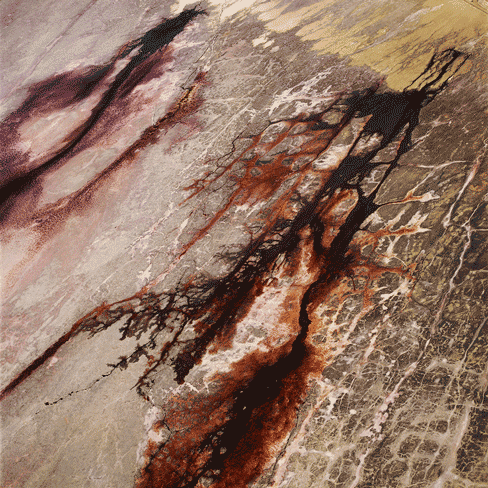
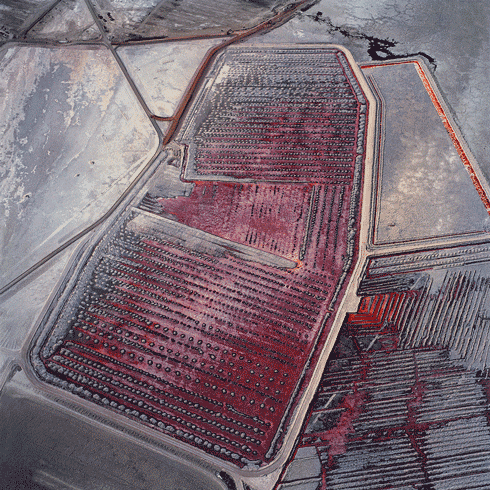
Maisel’s groundbreaking work Oblivion captures metropolitan aerial photographs of Los Angeles that obscure both the borders and boundaries of the American landscape. The images in Oblivion illustrate the new, advanced existence of the city. Maisel portrays LA as a self-generating and self-replicating entity that is continually evolving. He describes the photographs as a kind of ‘shadowland’ where when a shadow is projected on a matter of reality, uncertainty is generated. Shadowland is what the military describes as black-out areas where they wish to work unnoticed, whether they are testing an experimental aircraft or interrogating individuals beyond legitimate means. Maisel characterizes the city as a land of spies, where, while the scenery may appear familiar, it is beyond comprehension.
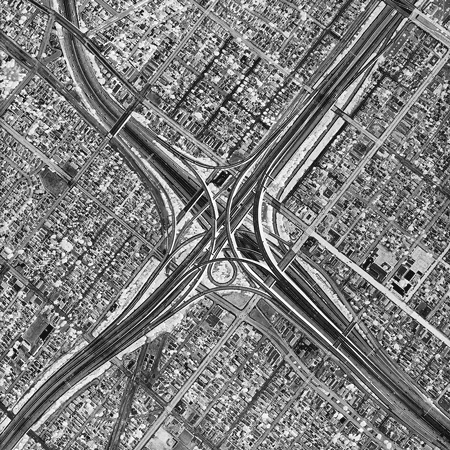
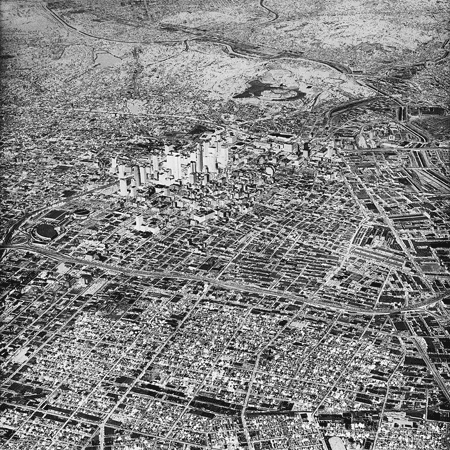
David Maisel’s 2005 series entitled Library of Dust depicts individual copper canisters, each holding the cremated remains of a patient from a state-run psychiatric hospital. The patients at the Oregon State Insane Asylum died at the hospital between 1884 and 1970s, many of their bodies remaining unclaimed by family members. Inside a decaying dusty room, the 3,500 copper containers are individually stamped with numbers and labeled with the names of the deceased patients. Deformations from the bright colors of the blooming minerals combined with the copper canister evoke celestials such as the northern lights, the moons of distant planets, or constellations in the night sky. Gorgeous and disquieting, the mysterious photographs in the Library of Dust are mediations on issues of matter and spirit. They are a reminder that beauty bears a double-edged sword, full of complexities and intrigue.
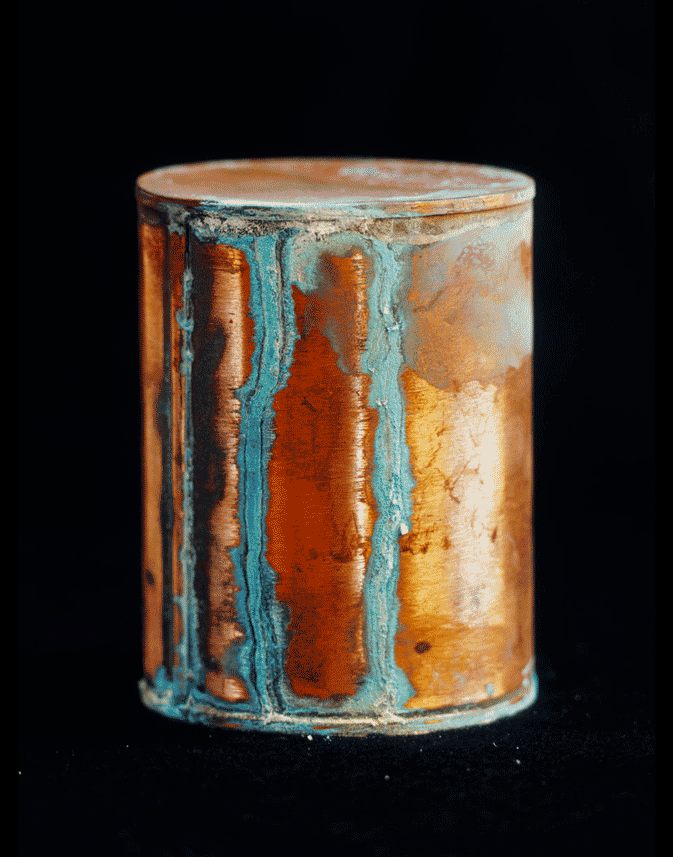
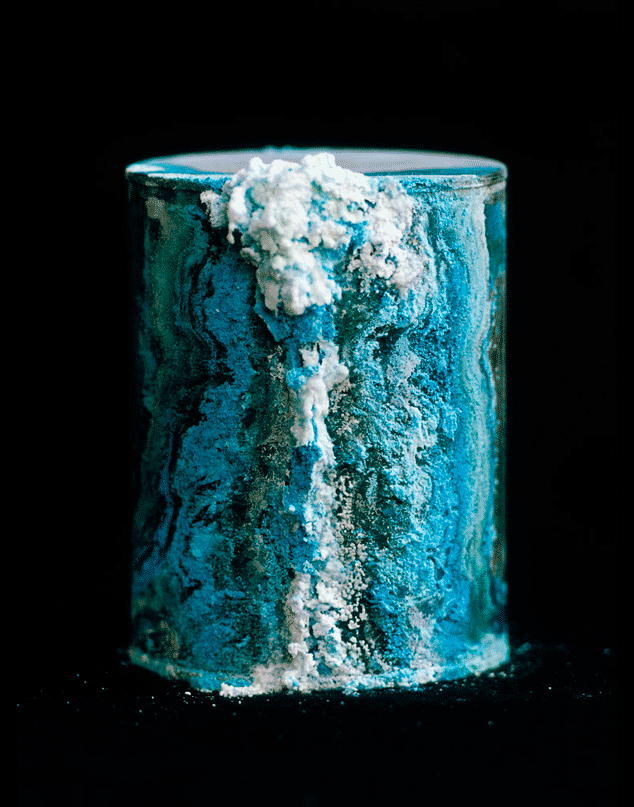
David Maisel’s latest work Desolation Desert centers on the massive mining operations in Chile’s Atacama Desert. The critical eco-region of the world’s driest desert has been industrialized at an unprecedented scale by extractive industries. In previous decades, mining activities in the Atacama took the form of vast open pits dedicated to the extraction of copper reserves. However, in recent years, the Atacama ecosystem has been further challenged by a boom in lithium mining. Maisel’s images of these locations provide audiences with a detailed abstract view of the mining operations ruining the landscape of the Atacama Desert. They deliver a diverse and contradictory collection of trends. Although lithium-powered energy is being marketed as an environmentally sustainable alternative to fossil fuels, mining activities in Atacama reflect the process of desert-based urbanization, one that transfers the burden of energy production to spectacular landscapes around the world.
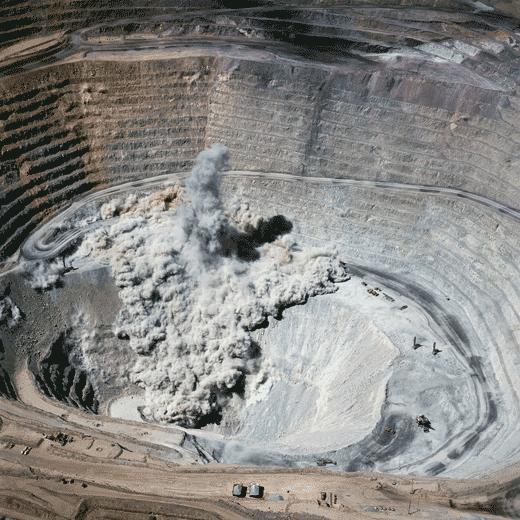
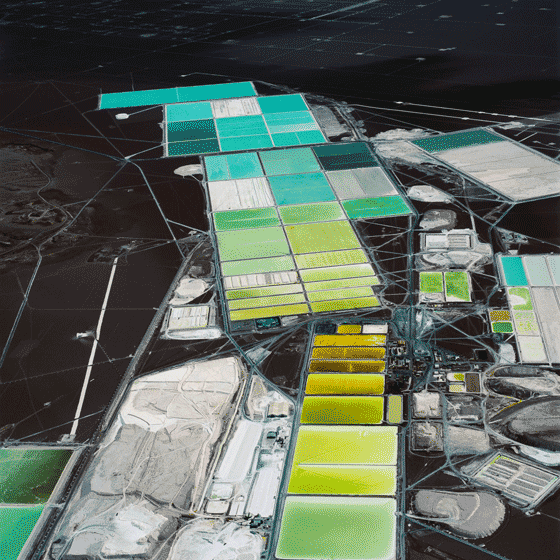
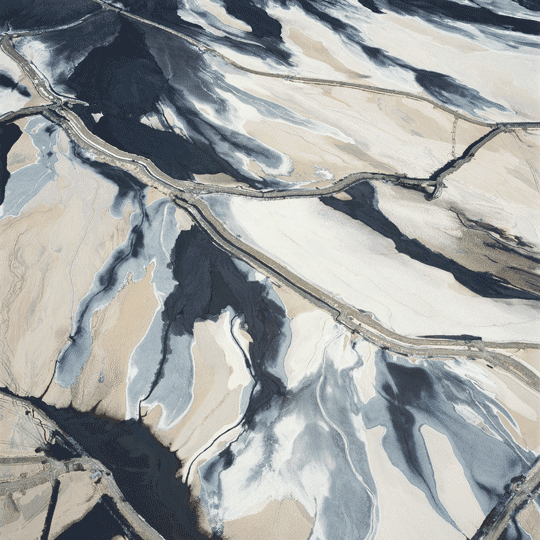
David Maisel’s art defines beauty in its own terms. His work illustrates the vulnerable environments that are being reshaped by economic trends and manufacturing activities. Maisel’s work encourages a kind of reflection that transforms into a curiosity and then into shock. The compelling photographs of these degrading landscapes remind us to maintain the beauty of our surroundings and not take them for granted.
For a deeper look into David Maisel’s work: https://davidmaisel.com/works/
